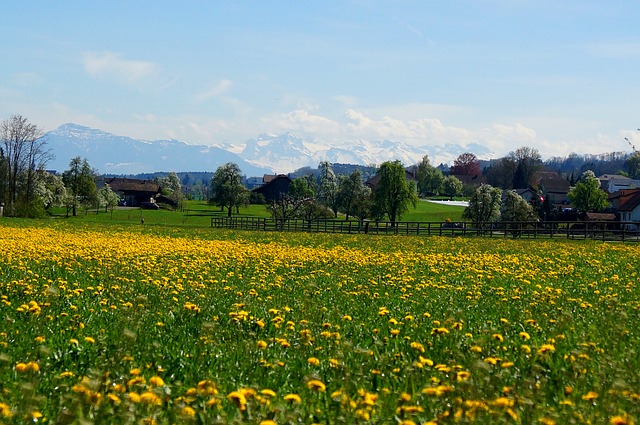- Target: 100% reliance on renewable sources for power and heat.
- Status: Achieved - Freiamt consumes 12,000 MWh annually and generates 15,400 MWh annually with renewable resources.
- RES: Wind power, biomass, biogas, solar, hydropower and a district heating system.
- Implementation: Freiamt is a small township consisting of of five small villages located in Germany's Black Forest, in the southwestern state of Baden-Württemberg. Taking advantage of laws that incentivize renewable energy, such as the feed-in tariff (Renewable Sources Act), this town uses a variety of renewable energy resources to produce more electricity than it needs—and makes profit by selling the excess to surrounding areas. Freiamt has also made progress in shifting to renewable sources for space heating and hot water. As of 2009, 120 homes were heated using efficient wood pellets, 75 homes used wood chips, and 150 homes used solar thermal collectors. The town aims to increase its renewable heating use, as well as to shift to renewables for transportation. Like many other German towns, Freiamt uses a mix of solar, wind, and biomass, with some hydropower. Local biomass provides fuel for its district heating system.
The township achieved their 100% target via a series of small steps. This was so locals would become familiar with the technologies and their benefits over time. Any objections can be raised. They began with community cooperative projects. First a wind farm with two turbines was built. Local people were able to buy shares in the turbines, at minimum price of €3,000 (US$4,170). Then came the installation of solar arrays, with a PV array on town hall, and then on roofs of farm buildings. Today farmers own around 300 solar PV systems plus 150 solar thermal collectors being used for water heating. By combining solar PV and wind power, the township is able to balance the energy supplies due to changing weather conditions. The solar panels are able to provide power during times when wind speeds are low but the sunshine is strong. In addition to solar, small biogas co-generation plants were also installed by farmers. The plants convert agricultural waste to methane, which is burnt to provide heating for homes, or run turbines to generate more electrical power.
Overall, the mix of renewable energy systems has been a success. Today there are five wind turbines that makes the township not only 100% renewable, but also an energy exporter. The township now produces about 14 million kWh of energy annually — about 3 million more than needed. - Population: 4,187 (2017)
- Area: 52.92 km2 (20.43 sq mi)
- Link: https://www.freiamt.de/buerger/de/unsere-gemeinde/gemeinde/erneuerbare-energien/

- German